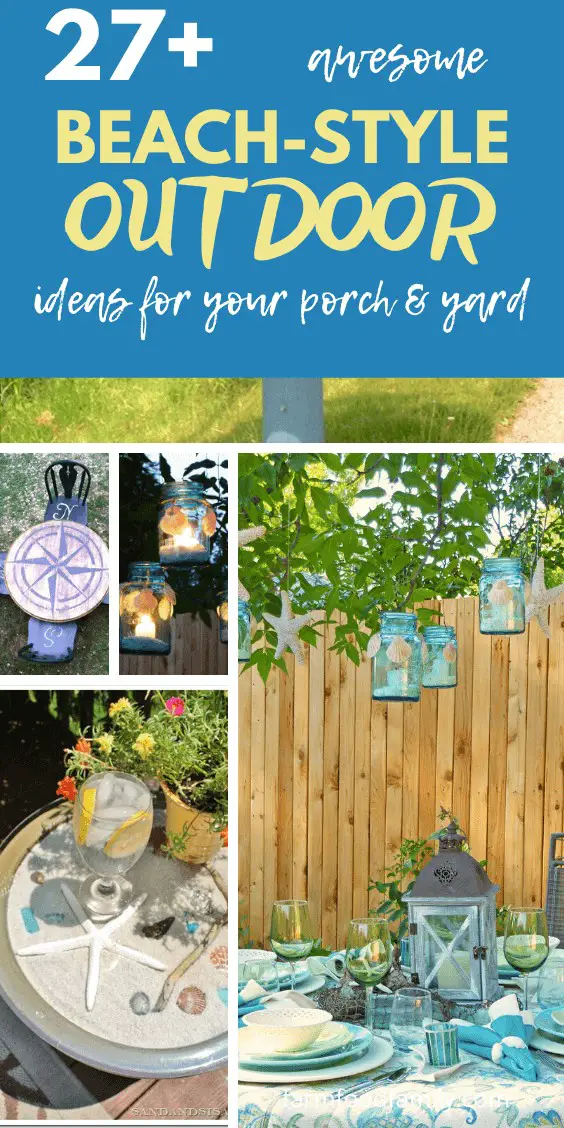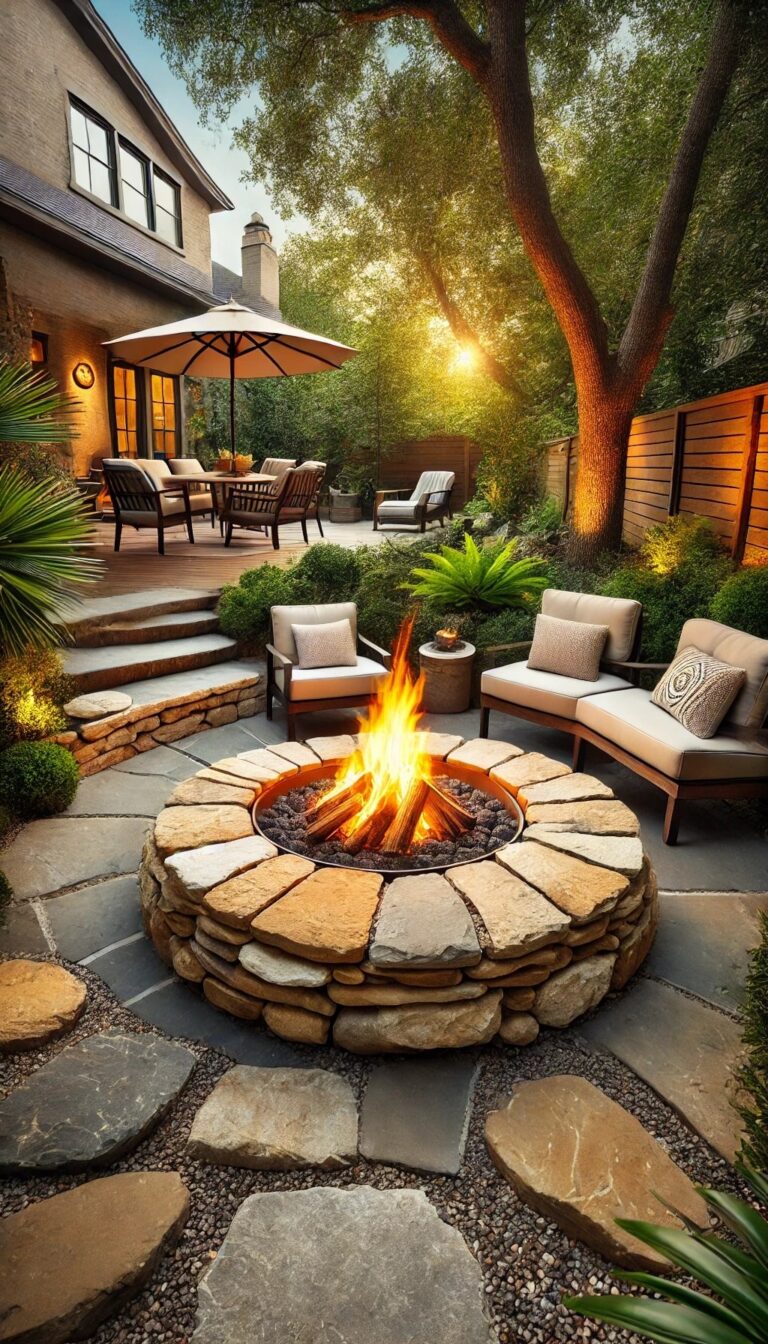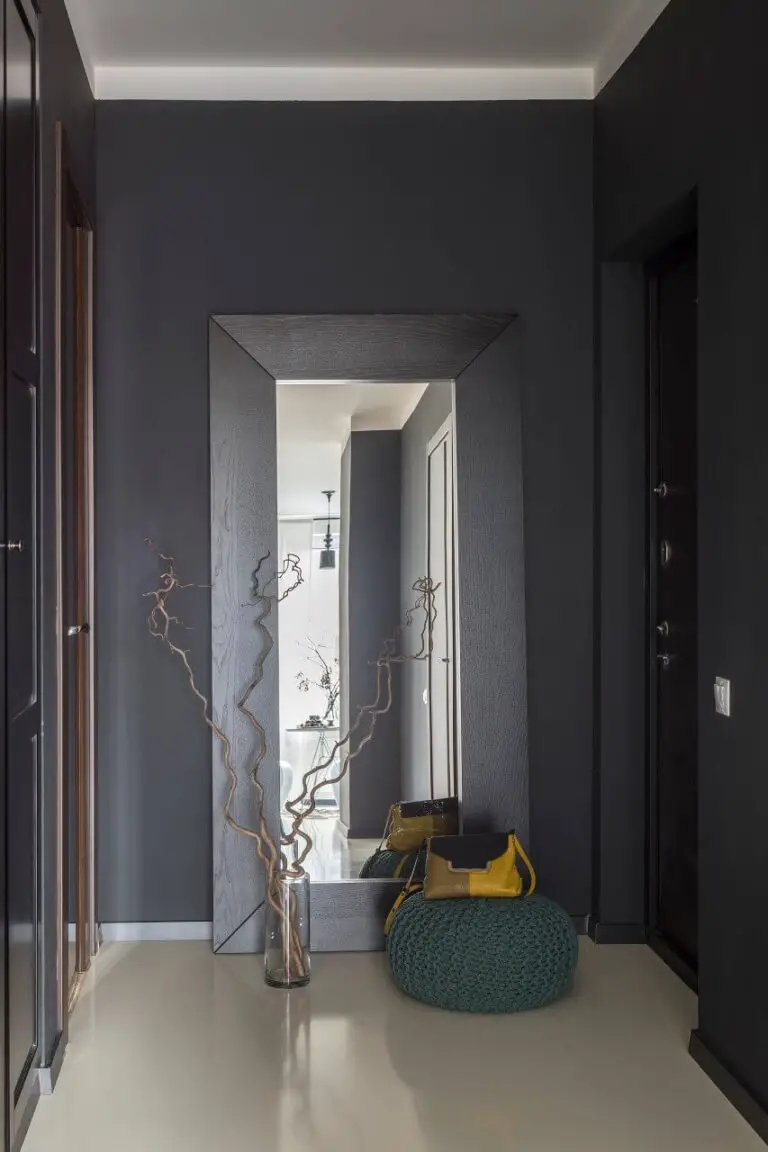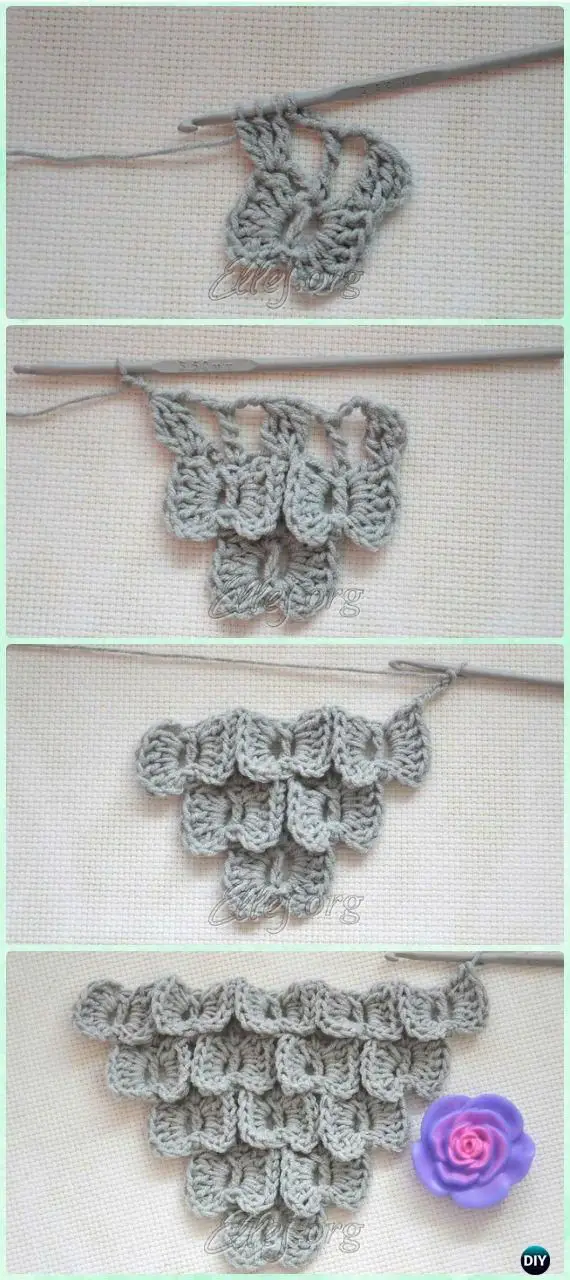Quonset Hut Homes Kits & Plans: Pros And Cons
Quonset hut homes have gained popularity for their versatility and efficiency. These structures, often mistaken as mere storage sheds or mechanical equipment storage, can be so much more. With a rich history dating back to World War II, Quonset huts have evolved to become an ideal shelter option for various purposes. Whether you’re looking to store equipment, house your aircraft, or even build a metal house, Quonset huts excel as excellent shelters.
Their efficient construction, long lifespan, and quick assembly make them an attractive choice. In addition to these benefits, they also boast a clear span, making them ideal for various uses. While some may argue that they’re less durable, reduce headspace, or are less versatile, the pros of Quonset hut homes far outweigh the cons. From traditional designs to modern and themed options, there’s a range of Quonset hut plans available.
Whether you’re looking to insulate your Quonset hut, buy one outright, or explore its durability and longevity, this article will delve into the intricacies of these remarkable structures.
What is a Quonset Hut?
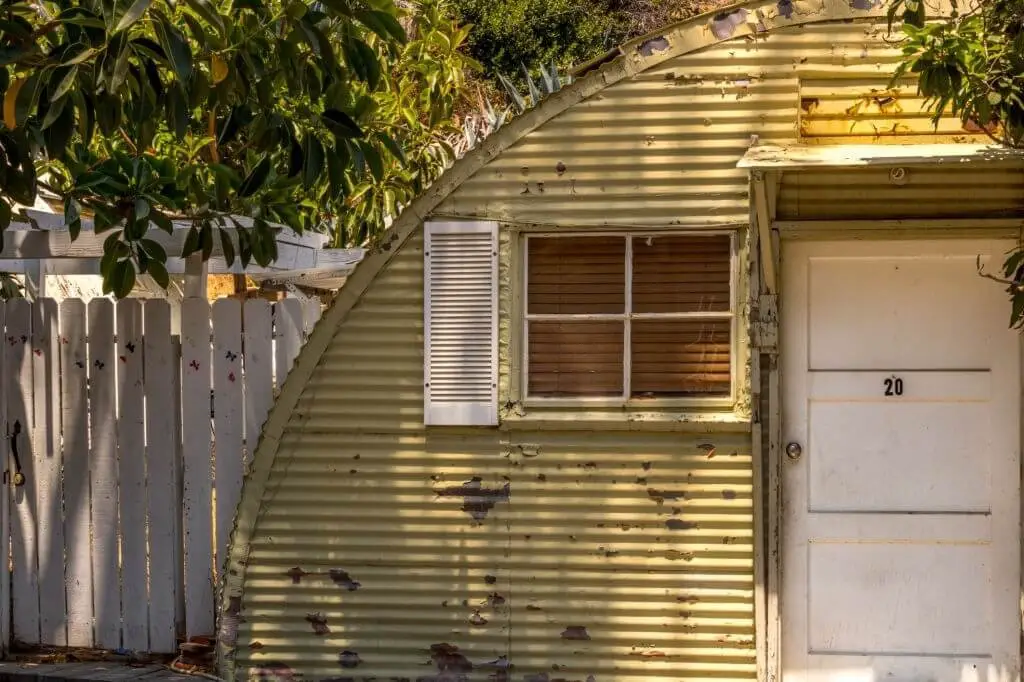
Quonset hut homes are characterized by their unique semicircular design, comprising corrugated steel and end walls that provide a sturdy shelter. Originally referred to as lightweight galvanized steel structures, these prefabricated buildings have evolved into versatile metal homes for living and storage purposes.
History of Quonset Hut Homes
During World War II, the United States’ construction endeavors on Guam took a significant turn as it transformed the island into a military base to aid in raiding the Japanese mainland. With large troop deployments imminent, the need for temporary structures arose. In response, the US replicated the British’s Nissen hut design from World War I and developed its own Quonset hut prototype.
The result was a prefabricated shelter that could be easily assembled without requiring specialized expertise. Initially, these huts measured 16 feet by 36 feet with an 8-foot radius. Interestingly, the name ‘Quonset’ originates from Quonset Point, the Davisville Naval Construction Battalion Center in Rhode Island, where the first such structures were built.
Between 1940 and 1945, the US constructed approximately 170,000 of these huts, which eventually fell out of favor due to various drawbacks.
Quonset Hut Homes Pros and Cons

With a rich history dating back to World War II, Quonset hut homes have evolved significantly over the years. While they’ve undergone transformations, these structures still possess distinct advantages and disadvantages that it’s essential to be aware of. By understanding the pros and cons, you’ll be better equipped to determine whether an arched-style building like a Quonset hut is suited to your tastes.
Pros of a Quonset Hut
Quonset-style buildings offer several advantages, including efficient construction, a long lifespan, ease of assembly, and affordability. One of their most notable features is their ability to be built with minimal waste, making them an attractive option for projects that require flexibility. The use of galvanized steel also ensures that they are resistant to corrosion and rust, reducing the need for frequent maintenance.
Additionally, Quonset huts can span up to 80 feet, providing a clear and unobstructed space without the hassle of supporting columns or beams. Furthermore, these buildings tend to be more cost-effective compared to traditional structures, even when considering additional expenses like insulation.
Cons of a Quonset Hut
While Quonset huts have their advantages, they also come with several drawbacks to consider. One of the primary concerns is durability – the arched design makes them less resistant to harsh weather conditions and strong winds, despite modern modifications that attempt to improve this. This lack of resilience means you can’t expect a Quonset hut to withstand heavy elements or extreme wind forces as well as more rigid frame structures.
Additionally, the rounded shape of these huts also reduces their usable square footage due to limited headspace and storage space. Furthermore, while they do offer a generous clear span, this is outdone by rigid frame structures that can provide up to 300 feet of column-free interior space. As you weigh the pros and cons of building with Quonset huts, consider whether these limitations are a major issue for your project or if there are ways to mitigate their impact.
10 Quonset Hut House Plans
Quonset huts boast versatility in terms of shapes and designs, but finding the right option depends on various factors. The three primary models – Q, S, and P – each have their unique characteristics, with simple floor plans that cater to different needs. The Q-model, for instance, is a popular choice due to its durability and economy, with widths ranging from 20’ to 100’.
In contrast, the S-model features a domed roof and straight sidewalls, making it an ideal option for workshops and barns, with widths between 16’ and 60’. The P-model, meanwhile, is a favorite among home and business owners alike, boasting a pitched roof and straight walls, with widths ranging from 16’ to 30’. Whether you’re building or buying an assembled Quonset hut, it’s essential to familiarize yourself with the available plans and designs.
With over 10 popular Quonset hut house ideas on the market, there’s something for everyone, whether you’re a homeowner or entrepreneur seeking functional yet stylish solutions.
Traditional Quonset Huts

Embracing vintage charm without compromising modern comforts, this unique design concept combines the best of both worlds. A façade that appears to be plucked straight from a bygone era is juxtaposed with a fully appointed interior, where every amenity necessary for relaxation and rejuvenation has been thoughtfully incorporated.
Modern Quonset Hut Homes

While modern Quonset homes may be an investment, they offer a unique blend of style, functionality, and comfort that justifies the cost. The clean lines and simple color palettes create a contemporary aesthetic both inside and out, while high-quality materials ensure a warm and inviting atmosphere. Expansive windows not only allow for an abundance of natural light but also facilitate the circulation of fresh air throughout the home.
While they may be pricey, these homes provide excellent value for those seeking a stylish and practical living space.
Desert Themed Quonset Huts

While Quonset homes are often associated with cooler climates, they can also thrive in hot and arid environments like deserts. The ingenious design of these structures allows them to be adapted for use in such conditions, making them a surprisingly viable option for those looking to build or buy in desert areas.
Wood-Based Quonset Huts

While many Quonset huts are constructed from metal, there is also a range of wooden options available. Regardless of the material used in its construction, each wood-based or metal Quonset hut presents a unique opportunity to customize and personalize the design to suit your individual needs and tastes, ultimately leading to a truly distinctive visual experience.
Nature-Like Quonset Huts

Among the many designs of Quonset huts, one of the most striking is the swamp-inspired theme, which seamlessly integrates into its natural surroundings. These structures not only boast well-lit interiors but also exude a unique charm through their aesthetic appeal.
Backyard Quonset Homes

Backyard Quonset homes boast a wide array of captivating designs, making it essential to discover the perfect fit for your individual requirements and tastes. While exploring these structures, you’ll find that the classic pairing of maroon and red is particularly prominent in backyard Quonset home styles.
Quonset Hut Homes with Stairs

Elevate the exterior appeal of your Quonset hut by incorporating a staircase design. This creative addition not only enhances the aesthetic value of your property but also provides a functional element that can increase its overall value. By incorporating stairs into your Quonset home, you’ll be able to create a unique and exciting look that sets it apart from other structures in the area.
Military-Style Quonset Huts

These Quonset huts may appear to be heavily influenced by military architecture, but they offer a surprisingly generous amount of interior space. In fact, they’re an excellent choice for anyone seeking a roomy and visually appealing structure with an arched design.
Colorful Quonset Huts

The Quonset plan’s design doesn’t boast unnecessary complexity, nor does it lack character. Its distinguishing feature lies in the colour palette chosen for the Quonset hut homes. This versatility allows homeowners to opt for bold and vibrant hues or more restrained tones, entirely dependent on their personal preference.
Simplistic Quonset Homes

The unassuming charm of this Quonset hut lies in its understated simplicity, devoid of elaborate designs or extravagant features. Its crowning glory is the expansive central window, which bathes the interior with natural light and creates an inviting atmosphere. For those seeking a humble abode that values ease and efficiency over grandeur, this minimalist retreat offers a cozy haven.
How to Insulate a Quonset Hut
Quonset hut homes boast metal arches that possess a distinct characteristic – they absorb and retain heat in an extraordinary manner. This means it’s crucial to insulate your structure to prevent discomfort caused by the scorching heat when sunlight hits the metal surface. Moreover, insulation is vital during winter as cold temperatures are amplified due to the metal sheeting, resulting in an icy interior.
To combat this, look for durable insulation reinforced with nylon mesh or fiberglass scrim for your Quonset home.
When it comes to installing insulation on a Quonset hut, the process typically unfolds as follows:
Begin by attaching 1” x 3” furring or spacers to the building’s length using double-sided tape and glue or super metal sealant. Space these evenly every 2-3 feet.
Next, secure the insulation to the spacer using double-sided tape (short-term hold) and glue (long-term hold).
Install the insulation from the ground up, working your way back down to the floor.
As an added precaution, use a big-headed screw every four feet to keep the insulation securely attached to the furring. Alternatively, you can attach or screw the furring directly to the sheeting from the top.
Finally, use reflective tape or 10 M to seal seams and ensure a smooth, weather-tight finish.
Where Can I Buy a Quonset Hut?
Discovering the perfect place to purchase a Quonset hut is as simple as exploring online marketplaces. A plethora of retailers offer pre-designed, customizable options that cater to individual tastes. Most of these sellers provide prefabricated huts, while others collaborate with customers to create bespoke designs tailored to their unique needs and preferences.
Nissen Gut vs. Quonset Hut
Despite their shared origins, Nissen huts and Quonset huts have distinct characteristics shaped by the wars in which they were developed. The British created Nissen huts during World War I, while the U. S. developed Quonset huts for World War II. Both were designed to meet the same practical needs: rapid construction and cost-effectiveness. However, their internal frameworks differ – Nissen huts rely on wood or metal structures, whereas Quonsets do not have a similar framework.
As for size, both types of huts can be scaled up as needed, but Nissens are characterized by their consistent arch-profile design, whereas Quonsets have evolved over time to accommodate changing needs. Despite these differences, both remain highly versatile, durable, and cost-effective options.
Can You Live in a Quonset Hut?
Living in a Quonset hut is not only feasible but also highly customizable. The interior space is fully usable and can be transformed to suit your personal style. Additionally, the exterior of the hut can be designed and painted to reflect your unique taste, offering complete creative freedom. While it’s certainly possible to call a Quonset hut home, you should be prepared to face some practical challenges and consider the potential costs associated with such a dwelling.
How Much Does it Cost to Build a Quonset Home?
The cost of constructing a Quonset hut home can be quite variable. However, here’s a general breakdown of the average prices you might expect to find in the market:For smaller to medium-sized kits, the price range is typically around $1,500 to $15,000. When you factor in labor costs, this figure can escalate to roughly $3,000 to $25,000. Medium-sized Quonset huts usually fall within a price bracket of $5,000 to $35,000.
Depending on the size, accessories, and location, this cost can increase further to around $10,000 to $50,000. If you’re looking at complete, fully built Quonset hut homes, the average cost tends to be around $40,000. For more extensive structures, such as an 80’x400′ Quonset hut, the price tag can soar to a staggering $100,000 or more.
How Long Will a Quonset Hut Last?
When it comes to building Quonset hut homes using steel, one of the notable advantages is their impressive longevity. With proper maintenance, these structures can easily last for nearly a century, a testament to the durability of the materials used in their construction.
Do Quonset Huts Leak?
While Quonset huts are generally known for their durability, they’re not completely immune to harm. As time passes, they may develop vulnerabilities, particularly when it comes to water damage, which can manifest as leaks. To mitigate these issues, regular repairs and maintenance are essential to ensure the hut remains in good condition.
Conclusion
Quonset hut homes are truly remarkable constructions that excel in terms of aesthetics, durability, and longevity. While they do have some limitations, particularly with regards to headspace, they can be an excellent choice for those seeking a one-of-a-kind abode, store, garage, or storage facility.
Related Posts
When it comes to choosing the perfect color combination for your home’s exterior, selecting a harmonious garage door hue can be a crucial decision. While yellow is often associated with warmth and sunshine, pairing it with the right garage door color can elevate your property’s curb appeal. Similarly, green, blue, and brown roofs offer opportunities to create stunning visual effects when paired with complementary house colors.
It’s also essential to consider the importance of driveway maintenance during winter months and explore inspiring condo balcony renovation ideas to further enhance your home’s aesthetic.

